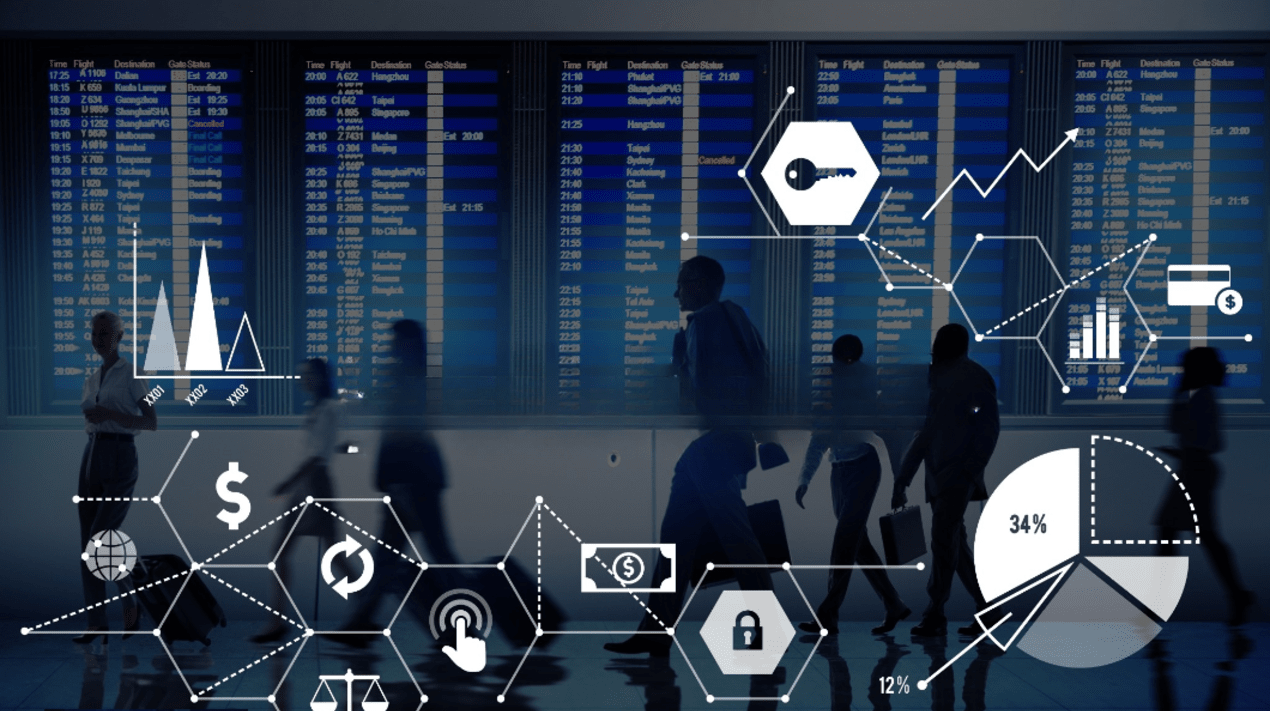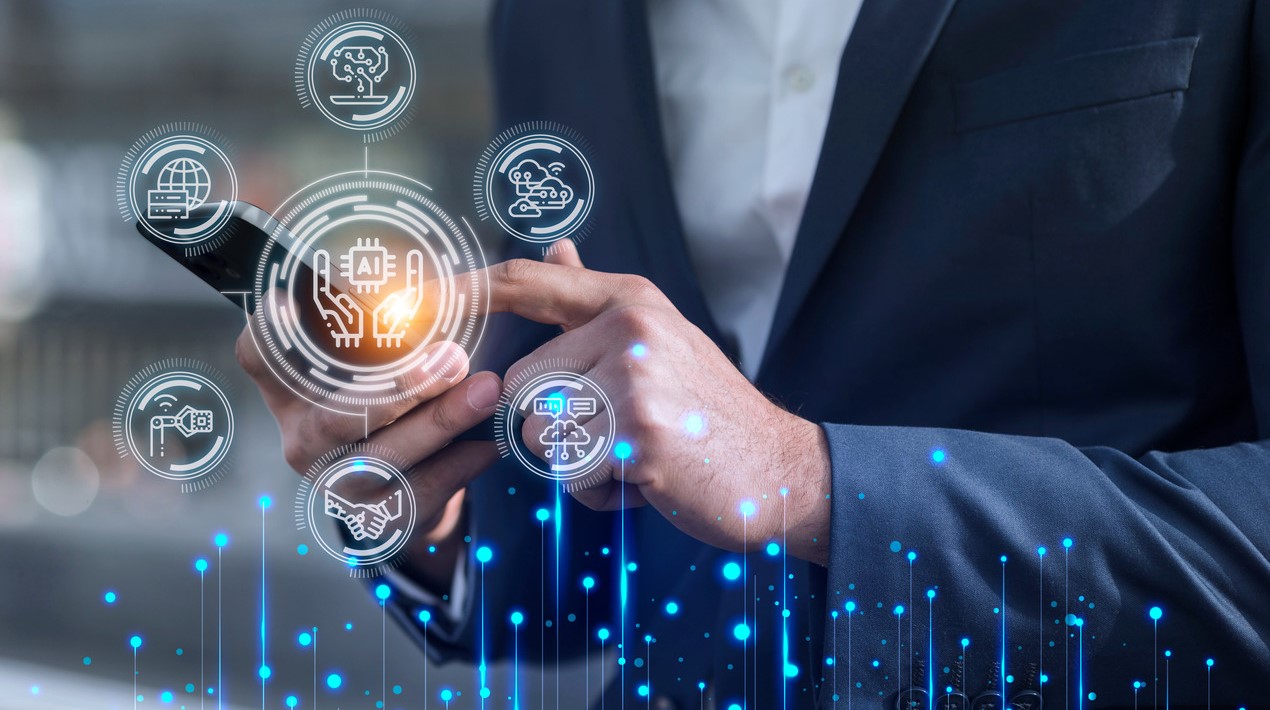
Revenues from the information technology (IT) sector in the first six months of 2022 were estimated at US$ 72.5 billion, up 17.8% year on year. According to data from the Ministry of Information and Communications (MIC), of the total, revenues from hardware and electronics exports were estimated at US$ 57 billion, rising 16.4% year on year. Computer shipments totaled US$ 29.1 billion, up 21.8%. Electronic export earnings reached US $27.9 billion, an 11.2% increase.
Further, revenues from products made in Vietnam accounted for nearly 27% of the total or US $19.4 billion. Revenues from the information and communications technology (ICT) sector reached approximately US$ 77 billion, rising 17% compared to the same period last year. Profit was estimated at US$ 5.9 billion, up 13%, according to the report released on 18 July. This year, the Ministry set a revenue target of around US$ 140 billion for the ICT sector, a year-on-year increase of 14%. These figures will help the government formulate targets and tasks for the second half (H2) of the year.
Regarding the IT landscape, around 3,400 digital technology enterprises were established in the first half (H1) of this year, according to the Ministry. The figure helps make the ministry’s target of having 70,000 firms working in this sector in 2022 possible, following a sharp rise over the years. In 2021 there were 64,000 firms working in the sector, up from 58,000 in 2020, and 45,600 in 2019.
As of the end of June, the number of digital technology companies in Vietnam is estimated at 67,300, an increase of 3,422 companies compared to last December. Vietnam targets to have 80,000 digital technology enterprises operating in the sector by 2025, and 100,000 by 2030. It expects that the technology industry will contribute 6% – 6.5% to the country’s gross domestic product (GDP) by 2025.
OpenGov Asia reported recently that in June, government departments and industry players completed major projects in the post, telecommunications, and IT sectors. Among them were the organisation of a symposium on The Future of the Internet and an international seminar and exhibition: Vietnam Security Summit 2022.
Also in the month, MIC launched the make-in-Vietnam digital products award 2022 to encourage, promote, and find outstanding Vietnamese technology products. Directing the sector’s operations in the time to come, the Minister of Information and Communications, Nguyen Manh Hung, underscored the opening of digital museums, shutting off 2G networks, and running frequency auctions in the last six months of the year. He also requested completing the content of several laws including ones regarding electronic transactions, the digital technology industry, and telecommunications, among others.
Meanwhile, in June, several provinces across the country launched digital-centric initiatives and set digital transformation goals for the future. For example, Ha Long, a city in Quang Ninh province, announced its plans to have a 20%-25% average annual growth rate in the number and value of cashless payments by 2025. Officials held a teleconference discussing the implementation of a project for non-cash payment development for 2022-2025 across the city’s 33 communes and wards.















